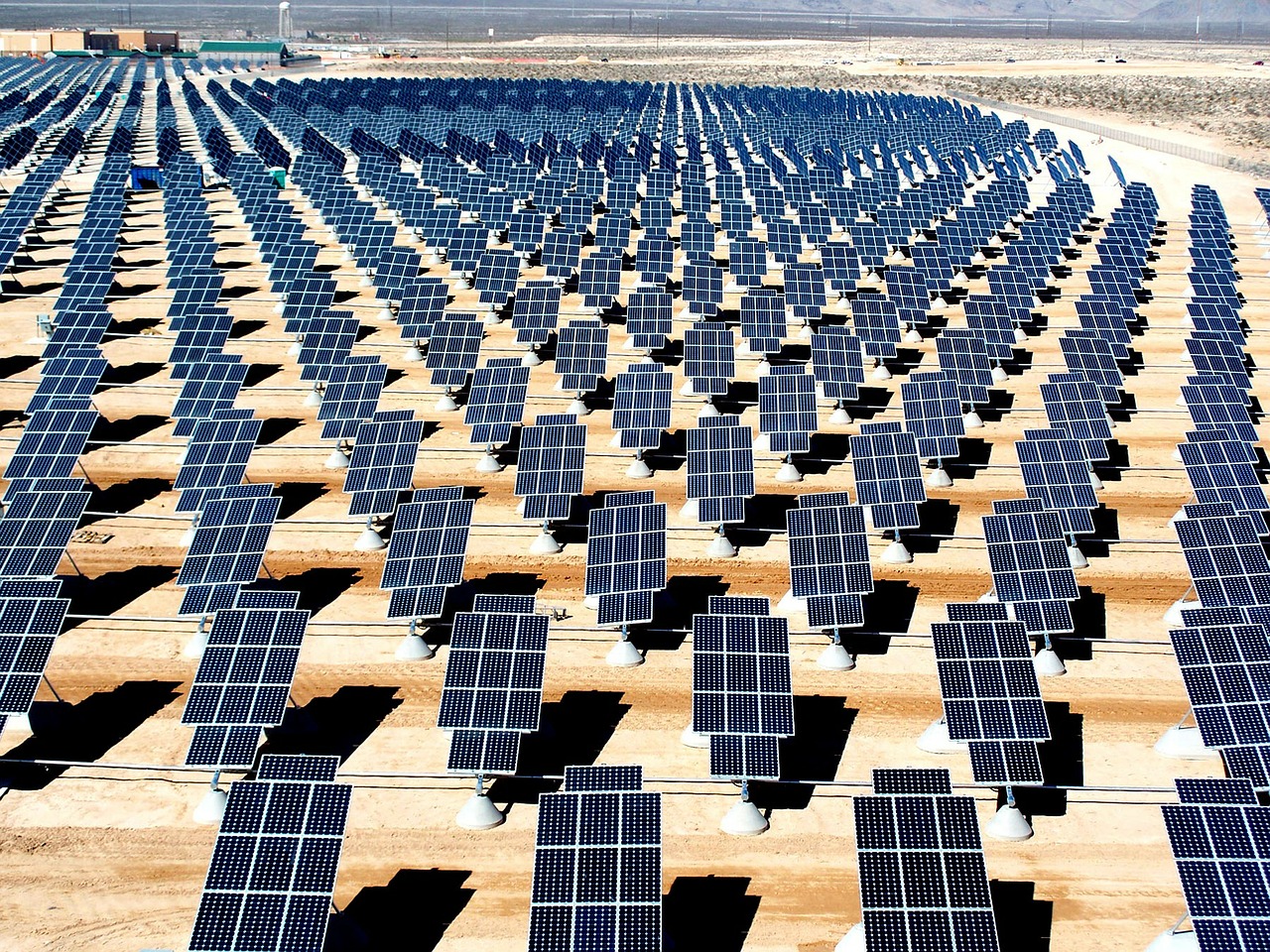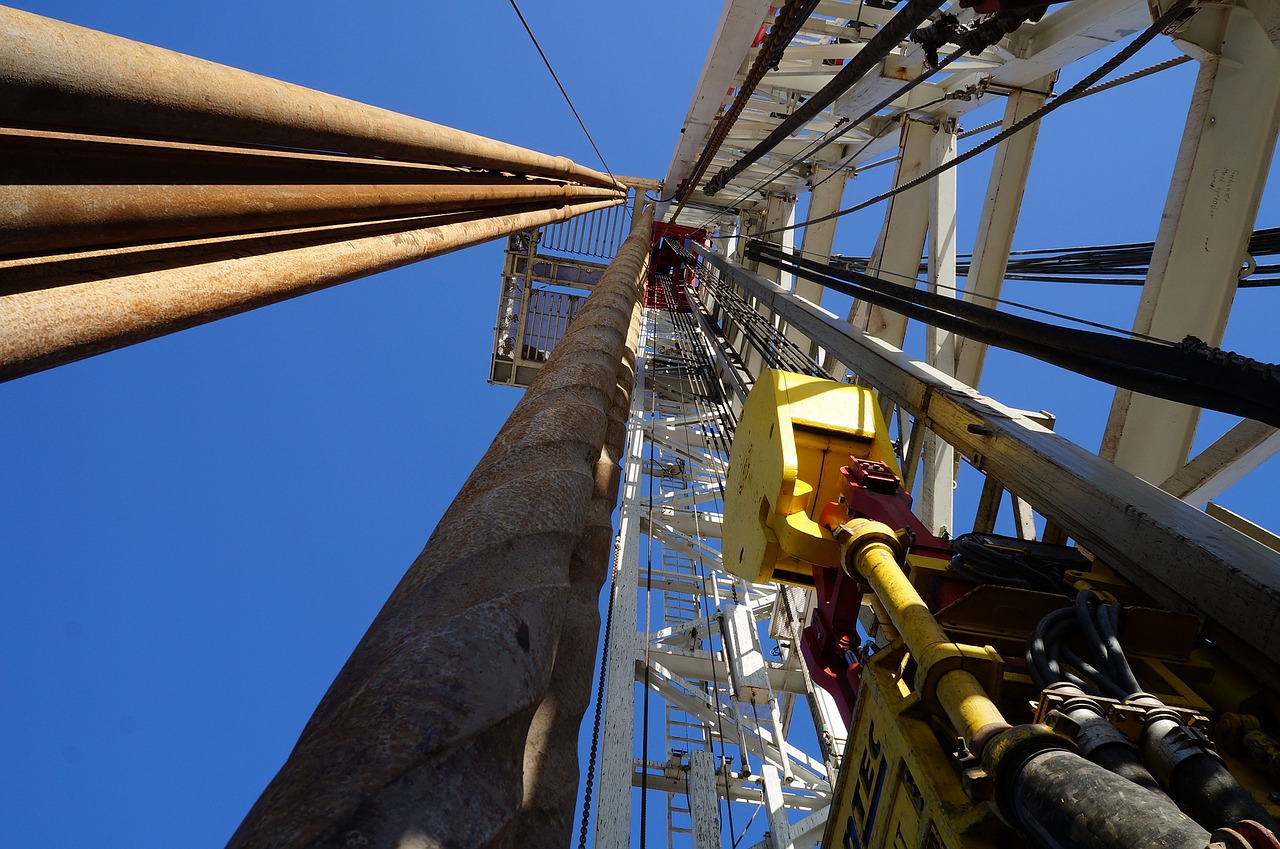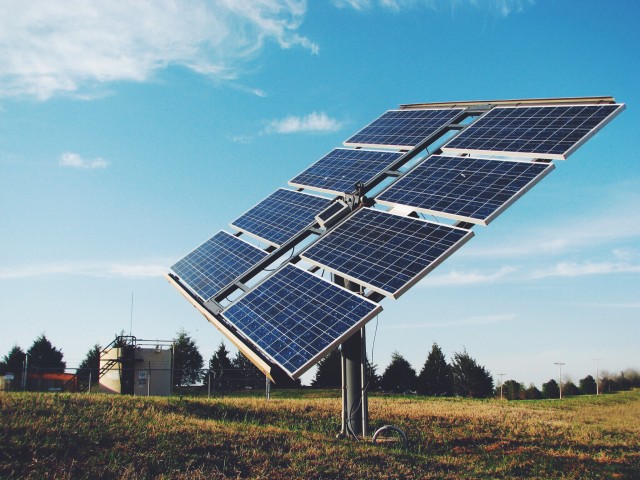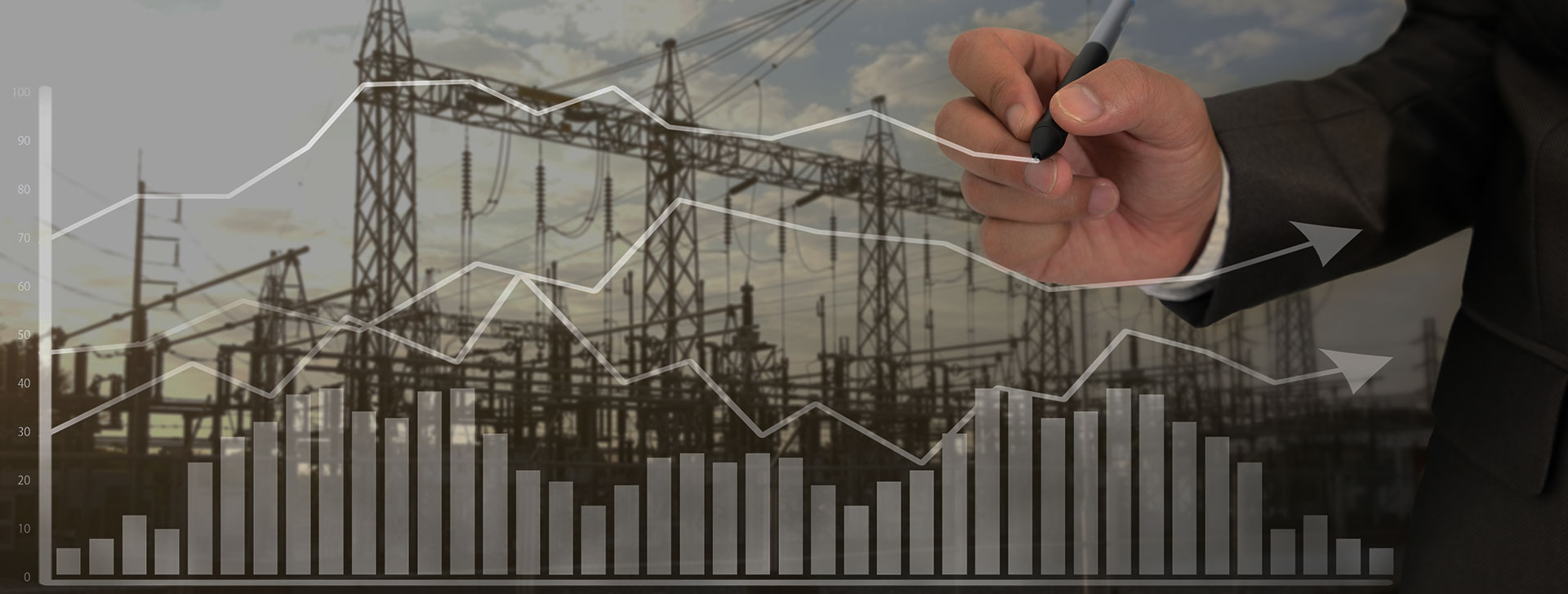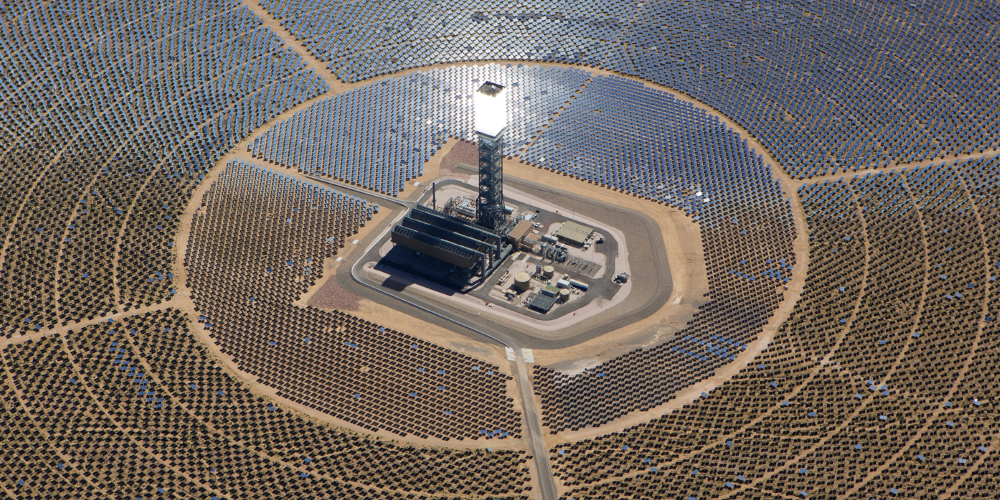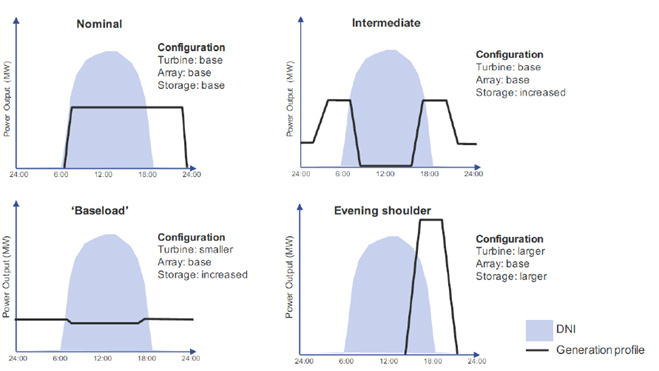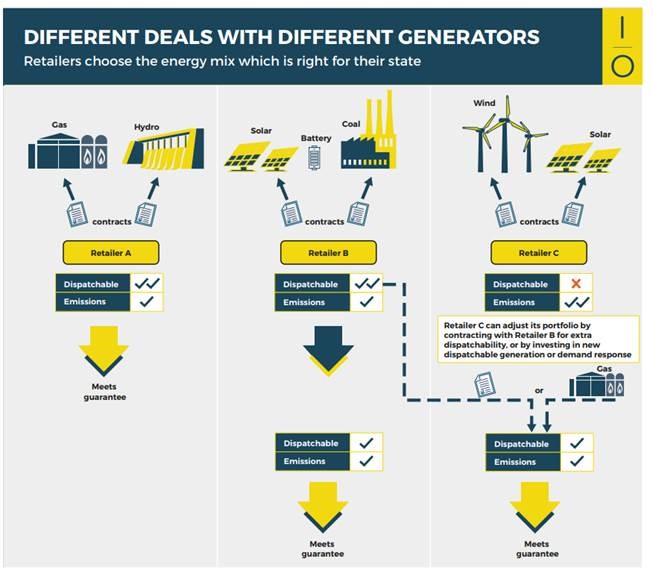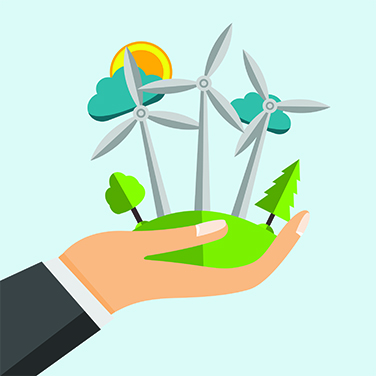As more and more large energy consumers look to contract directly with renewable generators, and renewable generators seek price certainty, a new product referred to as the “clean energy derivative” has hit the market.
In the last few weeks, AGL and ERM have released a somewhat standardised product which is built on generation from a renewable source and then “firmed”. AGL’s “Wind Product Firming Unit” was described as being firmed through physical gas generation whilst also allowing the renewable generator to access the spot market (available in SA and VIC). ERM announced a similar product which is based on generation from solar. These are great initiatives from the retailers who are working to create liquidity in a new market, though keep in mind that there must be profit there for them as well.
Last year Clean Energy Derivatives Corporation featured in the AFR indicating that they would be raising $250m to develop CFD products bundled with generation from wind, solar, battery and storage. Little has been heard since regarding the capital raise or any successful deals.
There are existing generators, such as Snowy Hydro who are in a good position to provide ‘clean energy derivatives’. However, there hasn’t been any news of Snowy partnering with a renewable generator to provide a firmed product as yet. Unsurprisingly, providing a firmed product would potentially cannibalise potential future earnings for Snowy Hydro. The absence of Snowy in this market could be a result of the change to a five minute settlement market. Fast start technology such as batteries will be one of the few technologies that will be able to capture (mitigate) spikes in spot prices within a 5 minute period, assuming that they are not part of central dispatch.
This product is still in infancy stage, however with strong interest from buyers and sellers we anticipate that it will develop quickly. Tradition Financial Services are soon launching a new wholesale “Renewable Energy Hub” which is described as a platform to firm, standardise and transact between wholesale renewables and energy buyers.
If you would like to understand Clean Energy Derivatives in more detail, please contact Edge on (07) 3905 9220 or 1800 334 336.
